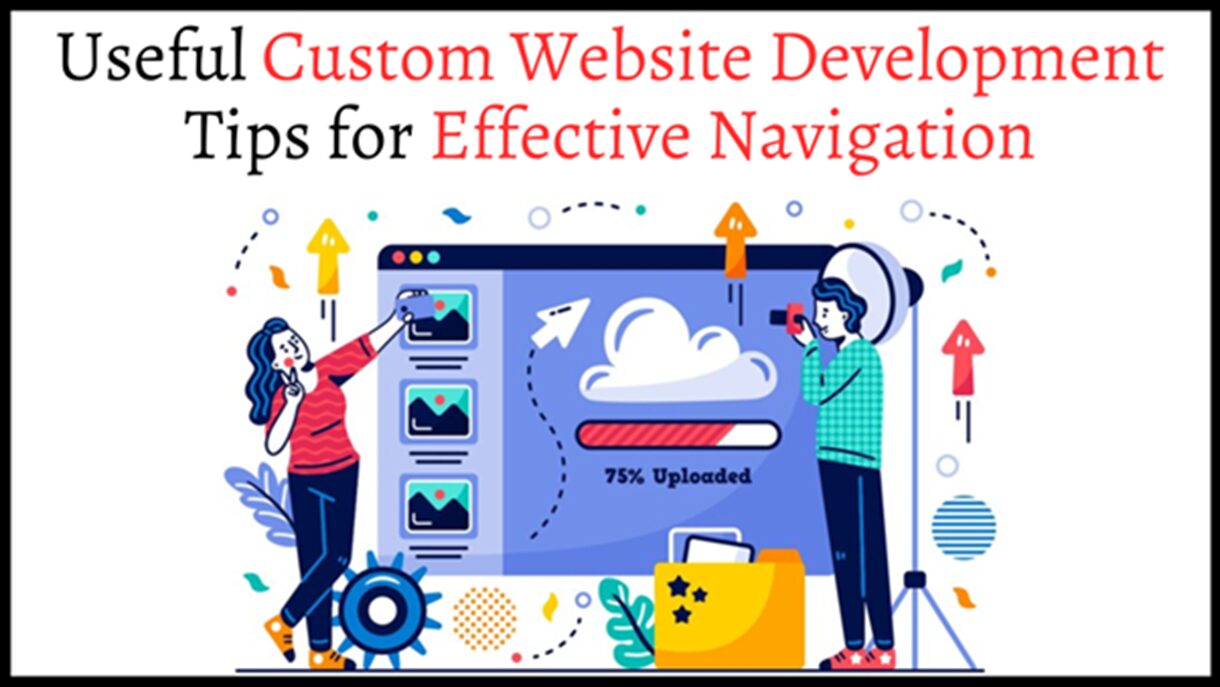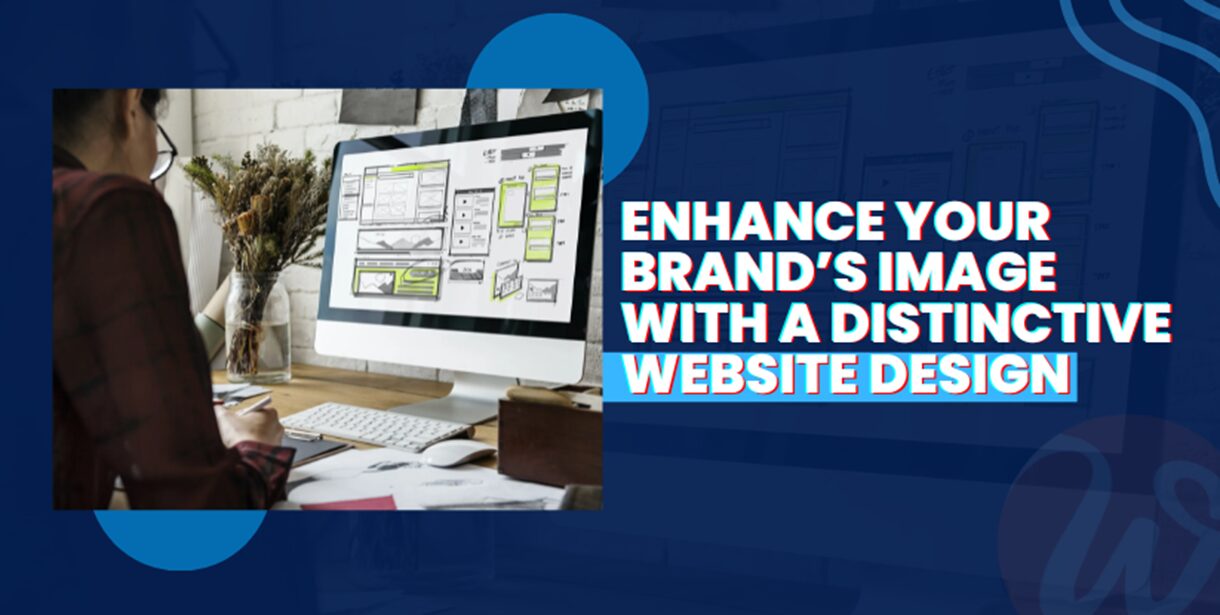
Best 10 Most Important Technology Tips on Web Development
7 minutes | Word Count: 1308Web development entails a great deal, which web developers must be aware of at all times. One of the things that web developers must do very carefully chooses the proper technology that has the proper combination of features that you will need to make a successful website.
When you have the right tools, building a website from scratch will be a breeze, but still many web developers struggle with this every day. The problem is that few of them know what to look for to create the ideal combination.
11 Best Technology Tips on Web Development
Web development comes with a huge set of rules and techniques that every website developer should know. If you want your website to be presented and function as you want, you need to be familiar with web technologies that help you to achieve your goals.
Here are some tips that can help you make the right choice of web development technology to ensure the success of all the projects you undertake.
Tip #1. Have a Strategy
Now that it is acknowledged that your website may need some work, it is time to go backwards and devise a strategy for addressing those issues. Begin by charting your client’s journey from the first time they visit your website to the point at which they become a customer.
Consider which pages they will visit, what information they will read, and which offers they will convert on. This knowledge will aid you in creating a website that effectively nurtures leads through the sales funnel.
Tip #2. Remove unnecessary data
Certain aspects of your website will detract from the value and message you are attempting to communicate. With an attention span of only eight seconds, you must make it crystal apparent to your user what they will learn on the page they are seeing, and your design must not detract from this. This begins with ensuring that you have a set of consistent brand rules to work with.
It’s also vital to keep the number of on-page animations and interactions to a minimum. It might be overwhelming to browse across a website and see every button flashing or a section of icons each with its animation, which might distract people from reading what is on the page.
Tip #3. Add Social Proof
By looking at the social proof, we develop confidence in the product, knowing that it will deliver on its claims and fulfil our needs, prompting us to purchase it. There are a few options available to you. However, you must first decide whether you want a written or video testimonial. Video testimonials are the most effective in the past.
This is because the medium naturally holds your user’s attention for longer periods and also helps to establish a stronger human connection by allowing them to hear voices and see real people’s faces. Text testimonials, on the other hand, may be used to assist create trust with your users if they are correctly developed and implemented.
Tip #4. Implement Call to actions
Once your visitors arrive on your site, you must direct them to pages that will nurture them toward conversion. People are lazy, therefore make everything as simple as possible for them. So, they don’t have to fight to find what they are searching for, point them in the correct path.
Using strategically placed call-to-actions in locations such as the top right of your navigation, below parts that demand action, and at the bottom of your website pages is one of the greatest methods to improve your web design with this in mind.
Tip #5. Use proper Stock images
We always advocate utilizing original photography for your website, but if that is not possible, there are several strategies you may employ to aid in the selection of the perfect stock photo. While stock pictures save you time by eliminating the need to create your images, many websites use photography that is cliched.
You will also notice that similar picture appears on several other websites, which doesn’t assist your trustworthiness.
Tip #7. Organized Navigation
Navigation is crucial while creating a website. It is simply a map that shows the essential sites that people may visit. It is how consumers can quickly learn more about your services, products, blog, and other topics. Nothing is more frustrating than navigating a website that is unorganized or unclear.
Overcrowding your navigation, utilizing unclear or unclear hyperlinks, and a lack of structure might make it difficult for your visitors to locate what they are looking for. Users have no motivation to stay on your site if they cannot locate what they are searching for. Instead, they will very definitely leave and seek out a rival that provides a superior user experience.
Tip #8. Mobile Optimization is essential
It is more necessary than ever to optimize your site for mobile devices. Customizing your website to meet the requirements and desires of your visitors is a must. When consumers go back and forth between the two for orders over time, certain commonalities make utilizing the website comfortable.
They also make it simple to accomplish what their website is all about: more sales. On the mobile website, the button for this is constantly visible, so you can order whenever you are ready without having to navigate to another page.
Tip #9. Create a self-selection experience
People usually get overwhelmed when they get the satisfaction of scrolling through your website. And being a developer, it is your responsibility to give the best achievement to the traffic. Self-selection tools guide users through a series of questions to arrive at a specific sort of outcome.
A tailored quote, a product, or a response to a high-level query might be among the outcomes. This type of tool may make it much easier for customers to figure out what the intense items or services are for them without going through your website for the information.
Tip #10. Do not remove white spaces
Whitespace is an important design feature that serves to break up the page and make it more readable. White space, often known as negative space, refers to the empty area around components on a page that are devoid of content or visual components.
Whitespace is also crucial in the design process and the placement of website elements. Less whitespace can suggest which components are meant to be connected owing to their proximity. While more whitespace can suggest which parts are distinct and lead the eye.
Bonus:- Keep your visitors on your homepage
There was a time when we were hesitant to make our internet pages, especially your homepage, too long. It was prepared to avoid visitors not scrolling, so people were obliged to pack as much information as they can. The most common screen size used to view their website. Make the most of the space on your homepage.
Three to five parts that assist lead new and returning users to the essential portions of your site are a decent rule of thumb. What should the titles of these parts be? This list may go on forever, but here’s a short rundown of some of the essential elements:
- The proposition of value.
- Video for the introduction.
- A list of services.
- Specifications of the product.
- Concerning your business.
- Testimonials.
- Case studies of success.
- Content.
Final Words
There are several web development technologies available in the market. Each comes with its own set of advantages and challenges for developers. It is preferable to pick a decision that will provide you with more benefits. You can work on your tasks more efficiently and effectively.
Above mentioned are crucial considerations to keep in mind anytime you need to choose a web development technology for a project but as a Web developer, you also need to learn a lot.
Thanks for reading this article so far. If you find these article useful, please share with your family, friends and colleagues.

























